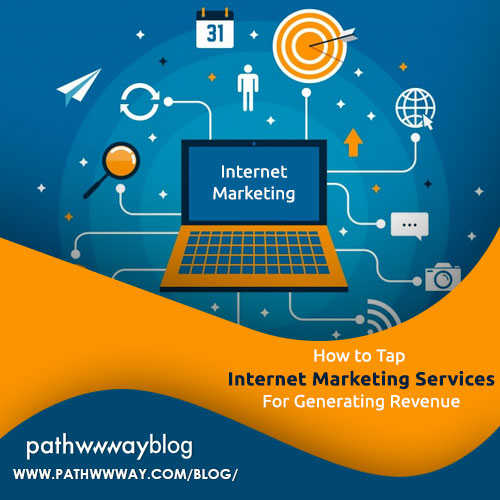Why is Big Tobacco Investing in Internet Marketing in Developing Countries?
Big
Tobacco has always been big on marketing, and now, these top 5 tobacco brands –
Chinese National Tobacco Company, Imperial Group, Japan Tobacco, Philip Morris
International, British American Tobacco are set to usher in a new era in
advertising. The rise of internet marketing, especially in developing countries
is the reason for the success of these mammoth tobacco conglomerates. Consider
the numbers, and you’ll see why.
China
has over 1.2 billion smokers and over 38% of total cigarette consumption in the
world is traced to this emerging economy. Japan has 25 million smokers.
Indonesia is not that far behind at 239 million smokers. So, given that
smartphone usage and increasing internet penetration in these countries is
rising, quite naturally Big Tobacco will tap twin benefits to boost profits.
The results are phenomenal. More than 6 trillion cigarettes are sold each year
and over USD 400 billion generated in revenue.
Clever
usage of online marketing strategies and release of limited editions and collectables
in association with festivals and promotional offers are the reason Big Tobacco
is growing at a rate even a country’s GDP cannot! With price restructuring
exercises by companies like Philip Morrison associated with the iconic Marlboro
brand, emerging economies are the target of these huge companies.
- Why Point of Sale Advertising is Displaced by Social Media
PoS
ads at the retail counter no longer have the reach social media, with its
hashtags offers. Further social media pairs with event marketing, another
popular tobacco branding strategy. This includes not just music shows but corporate social responsibility events to
showcase charitable endeavours and sports sponsorships as well.
Tobacco
companies are selling a lifestyle, not just a product. So, the emphasis is on
sophistication and glamour which resonates with Gen-Z and Millennials alike.
- Why Internet Marketing Rules
When
it comes to tobacco marketing campaigns, the internet and cellphones are
clearly the most popular ones. Internet works as a channel of communication as
well as a tool to gather customer data and trace whether discounts, deals or
access to parties and events promotes ad-spend ROI.
The
power of social networks reinforce brand identity and create loyalty, besides
attracting new customers. Tobacco manufacturers have reported a 285 per cent
increase in spending for advertising on company websites from USD 940K in 2002
to USD 2675K in just three years in 2005. Brand stretching is another
phenomenon noted in online advertising campaigns of big tobacco companies.
This
is where tobacco companies deploy brand names, logos, visual brand identities
or more on non-tobacco related products. Companies also work on strategies
where actual consumers can actually find them. Regular retail stores like
hypermarkets, convenience stores and service stations, cash and carry,
specialised stores, street sellers and vending machines have limited reach. A
better place to tap adult smokers includes the online world, where tobacco
companies use channel management to establish a long term relationship.
Communication
is not enough. Tobacco brands must connect with their users. So, this is why
Big Tobacco is leaving traditional ads aside, in favour of internet marketing solutions,
websites, social media and other digital and online channels. Heralding a new
era in the world of social media advertising are these massive tobacco giants
known for garnering over 25 billion views for 123 cigarette branding hashtags
on Twitter alone in just one year!

